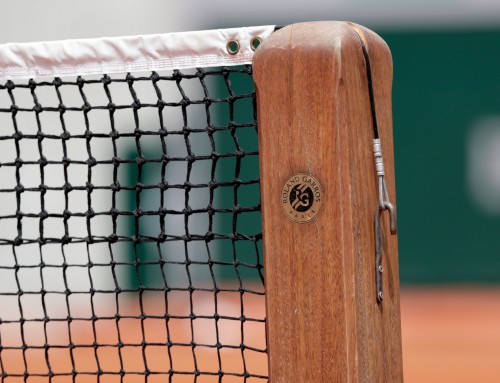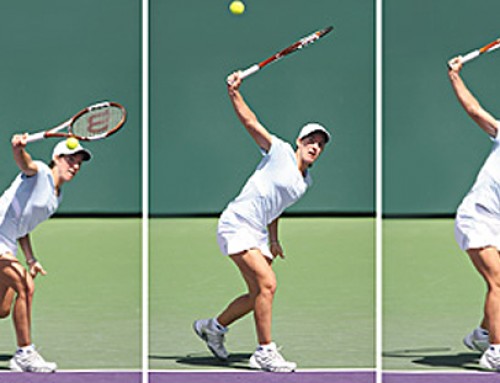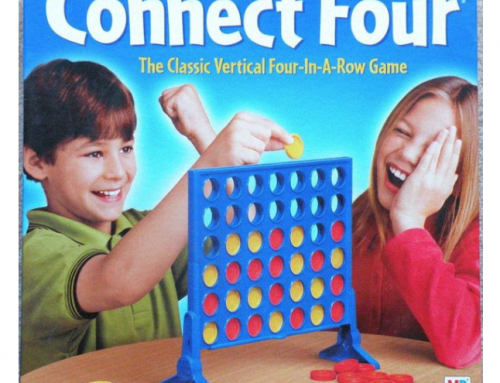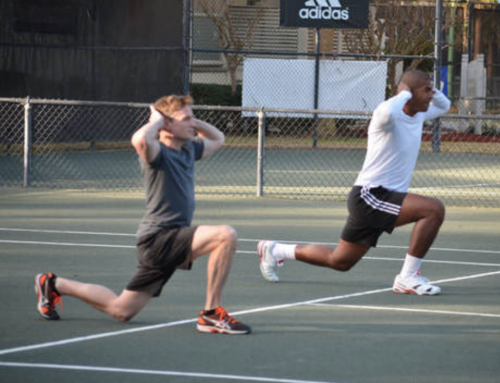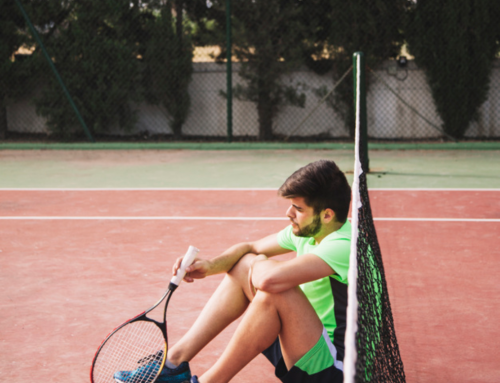Good movement is critical to your tennis success…
Think about it this way: what good does that new and improved forehand do you if you can’t effectively put yourself in a balanced, controlled position to actually hit it??
That’s why for the next few days I’ll be delivering movement keys right to your inbox, stuff you can start using immediately to see better results.
Let’s get to it!
Our overarching theme is going to be learning how to move PROactively instead of REactively…
Most of your peers are waiting for the ball to be hit and THEN responding to the shot.
Too late!
A huge reason why the pros make tennis look so smooth and effortless is they’re constantly thinking, reading, and moving based on what’s about to happen…
…instead of being passive and watching the action first, which will always lead to rushed, clunky play.
So, the first key is learning how to anticipate what shot is coming next.
You read that right….you can LEARN anticipation! It isn’t a magical power that you’re either born with or not.
I’ve taught anticipation to players of all ages and levels.
It all comes down to paying close attention to what I like to call the “Four P’s”:
- Preparation. In my experience this is the top one that amateur players are NOT paying attention to, and yet it telegraphs what shot is coming next almost every time. When your opponent takes their racquet back wide open (facing upwards) without good rotation of their body they can’t possibly hit a hard, offensive shot….something defensive is on the way! The opposite is also true: big, strong turn with a closed racquet face means defense is extremely unlikely. Reading this BEFORE the ball is hit gives you a huge advantage.
- Position. There’s an extremely strong correlation between the position your opponent is hitting from and the types of shots that are most likely. Did the shot you just hit sent them 20 feet behind the baseline or way outside of the sideline? At most levels of play a defensive shot is on the way. On the other hand, if they’re hitting from right in the middle of the court they have equal opportunity to hit any shot they want, so knowing their strengths and “go to” weapons is key.
- Poise. Most players would assume this is the same as “position” but its absolutely not. For example: amateur players make off balance swings from the middle of the court all the time due to pace, spin, or misreading the ball. The key is paying close attention to their posture and overall comfort as they begin their swing. If its lacking then you can safely bet that their next shot will be weak and ineffective, even if they were in a good position on the court.
- Patterns. You know what they say: “rules were made to be broken”. You’ll play the occasional opponent who hits hard, aggressive, and down the line even when their preparation, position and poise are suspect. I hear complaints from players all the time who whine that the person they were playing didn’t do what they were “supposed to do”. That in and of itself is a pattern!! If you pay close attention you can spot their favorite plays a mile away and be proactive with your movement as a result.
Put those four elements together and you can literally tell the future on the tennis court…
Back when I was employed full time at a tennis club one of my favorite things to do while playing in with members was read a point situation, leave the spot I was “supposed to be” on the court, and magically (to them) appear in just the right place at just the right time…sometimes all the way over in my doubles partner’s alley to cover a clean passing shot!
Once you start reading the Four P’s in real time you can pull off similar shots, ones that your peers will be scratching their heads about for weeks.
One word of caution – just because you understand the concepts does NOT mean it will happen automatically…
Picking up on this stuff in real time takes conscious practice and repetition, just like making a change to one of your strokes.
At first it will take a lot of purposeful concentration, but after enough experience you’ll start to feel a 6th sense forming, and eventually it will be completely second nature.
But it takes time….so be patient 🙂
Tomorrow’s email will pick up right where this one left off by teaching you where to move AFTER you hit each of your shots.
In the meantime, shoot me a quick reply and let me know if this message was helpful.
Hope you’re having a fantastic weekend…
Yours Truly,
-Ian



